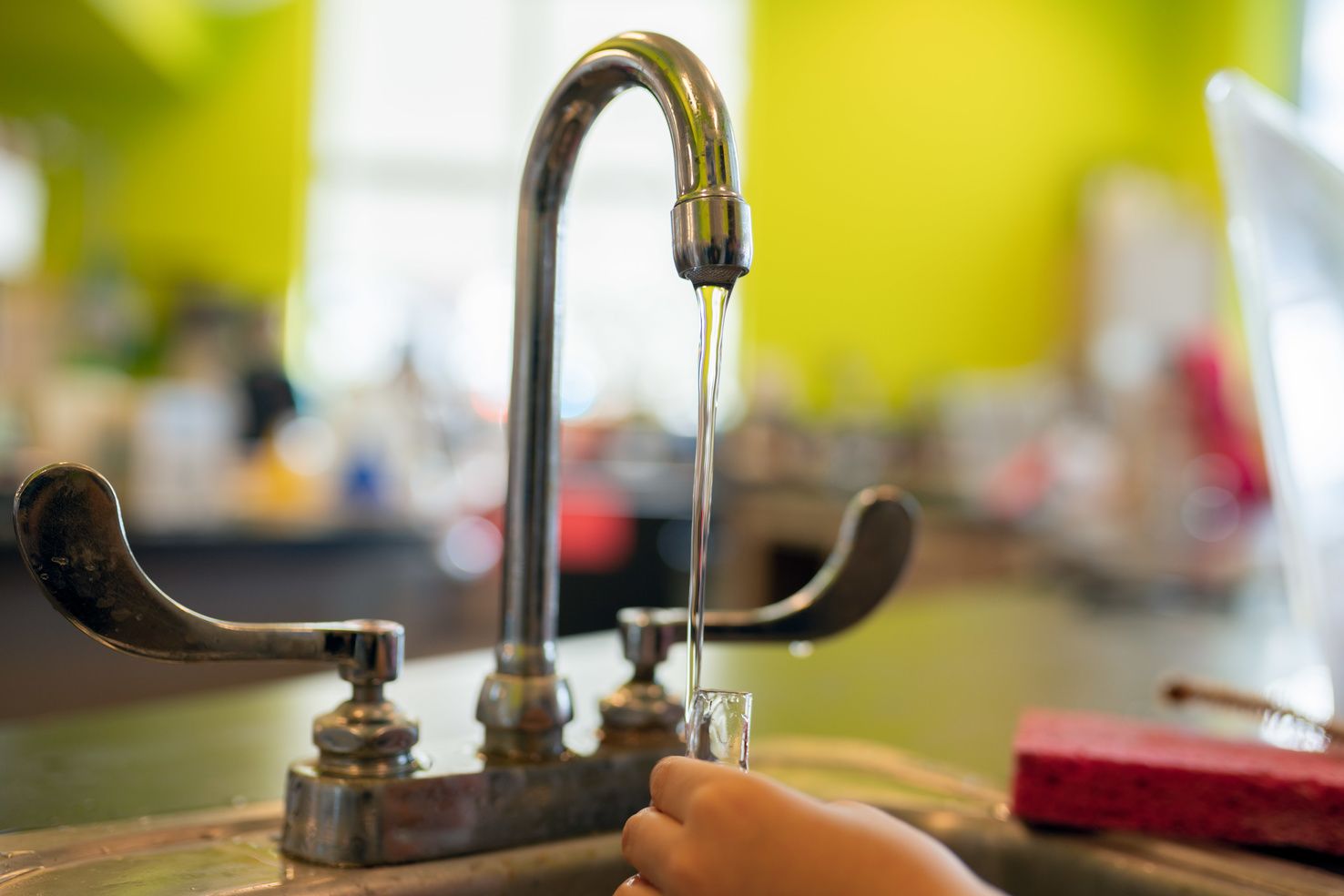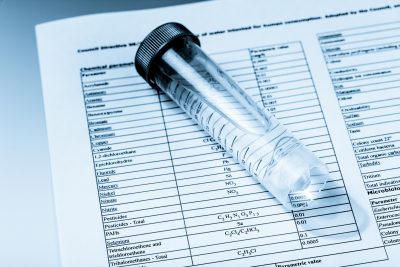Top Guidelines Of Well Water Testing
Top Guidelines Of Well Water Testing
Blog Article
The Ultimate Guide To Well Water Testing
Table of ContentsThe smart Trick of Well Water Testing That Nobody is Talking AboutGetting My Well Water Testing To WorkGetting The Well Water Testing To WorkThe 30-Second Trick For Well Water Testing

Government firms do not keep track of or regulate water top quality secretive wells, and water testing is not required by any kind of federal or state law. If you are among the 1. 7 million Georgians with an exclusive well, you are accountable for the quality and security of your well water.
Correctly constructed and preserved water wells can give years of trouble-free service. Surface area contaminants might go into the well if it is not properly created and maintained, and the well might at some point weaken or come to be damaged as it obtains older. On top of that, some groundwater normally contains one or even more chemical substances at degrees above the EPA's health-based criteria, called the Maximum Impurity Levels (MCLs)
Test the water as soon as annually for total coliform microorganisms, nitrates, total liquified solids and p, H degrees. If you presume various other contaminants, you need to evaluate for those also. On the other hand, the top quality of water in defective wells may change instantly and remain unnoticed as the water might look, scent and taste the exact same.
Not known Facts About Well Water Testing
Minimum Screening Recommendations Well, Maintenance Yearly All geographical areas Nitrates (Total Nitrate and Nitrate+Nitrite) Yearly Annual Basic Water Chemistry (see below) plus Alkalinity, Soluble Salts (or Overall Dissolved Solids), Nitrate, Chloride, Fluoride and Sulfate Initially and afterwards every 3 years p, H, Firmness, Aluminum Calcium, Chromium, Copper, Iron, Magnesium, Manganese and Zinc Each year after initialcomprehensive water chemistry Extra Testing Suggestions Verification of Possible Contamination At least as soon as and then annual follow-up for:1) houses with pipes that pre days the 1987 plumbing codes with copper piping with lead solders2) really old homes in which there are lead pipes3) residences with brass and/or chrome fixtures (brass has 3-8% lead; chrome fixtures has lead) All geographicalregions At least once and after that a yearly follow-up Southern Coastal Level area below the "Loss Line" on the, Georgia map At least once and after that a yearly follow-up Piedmont-Blue Ridge areas over the "Autumn Line" on the Georgia map Volatile and Semi-volatile Organic Substances, Pesticides, Oil Hydrocarbons and Other Organics Not called for on a routine interval; suggested only when contamination is believed. Well Water Testing.
Samples accumulated from a kitchen area faucet would mirror the resource water residential or commercial properties plus any kind of potential contamination from the well proprietor's supply of water system. Sampling at the wellhead for lead is not needed, yet sampling from the faucet for lead would certainly show if lead solder was used in the pipes.

The key MCLs have actually been evaluated concentrations that give a broad margin of protection from harmful wellness effects for the majority of people over a life time of drinking. Despite the fact that primary MCLs are enforceable criteria for PWSs only, personal well proprietors may pick to follow these requirements to safeguard themselves from the possible health threat of drinking polluted water.
The 25-Second Trick For Well Water Testing
The drinking water requirement for nitrate is 10 ppm; over this degree nitrate can have negative impacts on human wellness, particularly babies under the age of 6 months. Pesticides are compounds utilized to protect against, ruin, ward off, or minimize pests.
Cyanazine breaks down in the atmosphere right into various chemicals. Several of the break down products of cyanazine have actually been spotted in Minnesota water. Chemical evaluation in water examples can be expensive and making use of certain chemicals can vary throughout the state making it hard to recognize which chemical to assess.
Based upon this, we recommend that you speak to the MDA before tasting your well for chemicals. The advancing or intensifying health threat linked with Learn More low levels of numerous pesticides in drinking water is not well recognized currently. Well Water Testing. As a whole, vulnerable populaces such as infants, children, and pregnant/nursing females go to biggest risk
We are currently tasting wells for nitrate in townships with at risk groundwater which have significant row crop manufacturing for nitrate as component of the Area Testing Program (TTP). Greater than 70,000 exclusive wells owners will be offered nitrate testing in over 300 territories. House owners are offered a chemical test with the Private Well Pesticide Sampling (PWPS) Task if nitrate is found in their very first territory visite site testing example.
Well Water Testing - The Facts
The MDH advises using a certified research laboratory to test your water. To determine a lab to have your well water tested, go to Minnesota Department of Health (MDH) Licensed Ecological Laboratories. The customized search tab on this page enables you to look for a lab that approves samples from personal house owners.
When feasible, it is best to remove sources of contamination or replace an infected water system with a more secure supply of water as opposed to rely upon a home water therapy device. Additionally, the cost to check for chemicals in water might surpass the cost of a point-of-use home therapy system, such as reverse osmosis for drinking water.
If you determine to install a home water treatment unit, the device (or devices) you select must be accredited and identified to decrease or remove the substance you are worried concerning. If there is even more than one material you want removed from your water, you may need to incorporate a number of treatment processes into one system.
Report this page